May 14, 2025 | 22:53 GMT +7
May 14, 2025 | 22:53 GMT +7
Hotline: 0913.378.918
May 14, 2025 | 22:53 GMT +7
Hotline: 0913.378.918
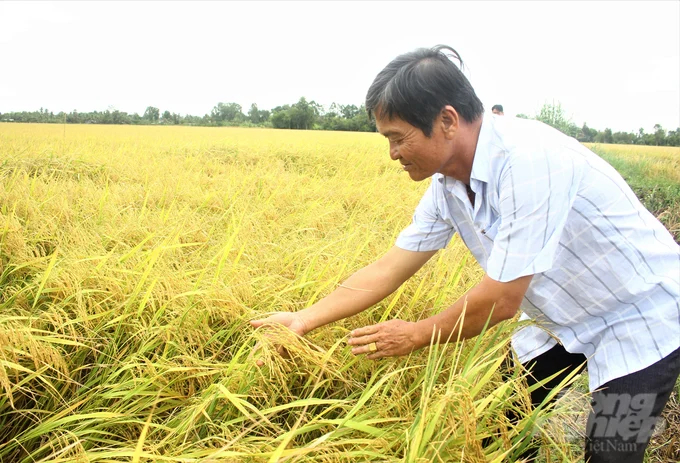
The alternating wet and dry smart rice cultivation model helps reduce emissions and protect the environment through strict implementation of reduced water usage, decreased fertilizer application, and pesticide spraying. Photo: Tuan Phat.
On July 3rd, the Tan Long Cooperative (Vinh Tuong commune, Vi Thuy district, Hau Giang province), in collaboration with Net Zero Carbon Joint Stock Company and several related enterprises, organized a conference to summarize the alternating wet and dry smart rice cultivation model (AWD) combined with measurement and purchase of emission reduction reports.
The model was implemented at Tan Long Cooperative during the summer-autumn 2024 rice crop, planting OM18 rice seeds on 4.2 ha for comparison with 1 ha of control fields cultivated using traditional methods by local farmers.
In this model, participating farmers meticulously followed 9 stages of the smart rice cultivation process, monitored and managed by Spiro Carbon's satellite. After over 3 months of implementation, the rice in the model was ready for harvest.
According to the implementing unit's evaluation, the model has brought many positive outcomes for farmers. Specifically, the rice yield in the model reached nearly 8 tons/ha, with an investment cost of around nearly $ 900/ha and profits of over $ 1,400/ha. In contrast, the control fields using traditional methods achieved a yield of nearly 6 tons/ha, with an investment cost of over $ 900 million/ha and profits of nearly $ 800/ha.
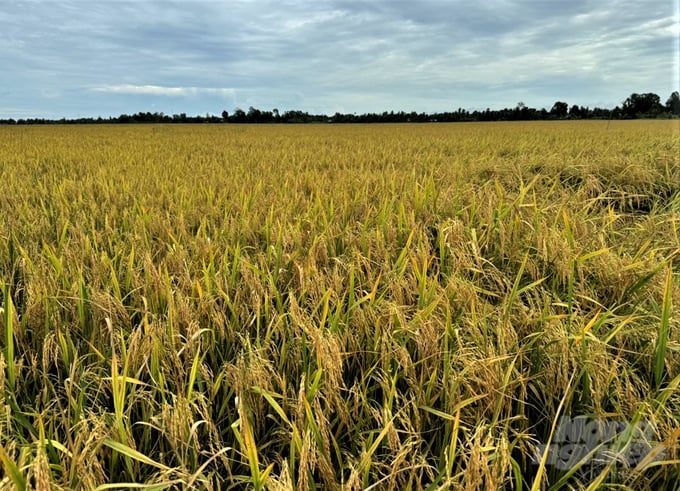
The alternating wet and dry smart rice cultivation model reduces investment costs, increases productivity, and boosts profits for farmers. Photo: Tuan Phat.
In addition to increasing productivity, reducing investment costs, and boosting profits for farmers, the alternating wet and dry smart rice cultivation model also contributes to reducing emissions and protecting the environment through strict implementation of practices such as reduced water usage, decreased fertilizer application, and reduced pesticide spraying frequencies.
During field surveys, many farmers noted that fields practising the model had shiny yellow grains, fewer instances of lodging, and significantly fewer empty husks compared to control fields.
Based on these achievements, both farmers within and outside the model are encouraged to adopt these practices in upcoming rice seaso
Translated by Hoang Duy
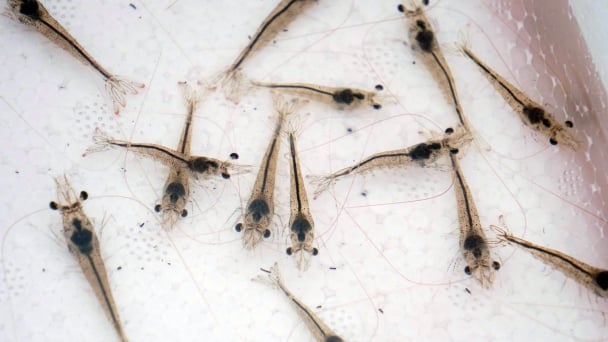
(VAN) Use of high-quality broodstock and biotechnology is regarded as the most effective approach to ensuring sustainable and economically viable shrimp aquaculture ahead of climate change and the emergence of increasingly intricate disease patterns.
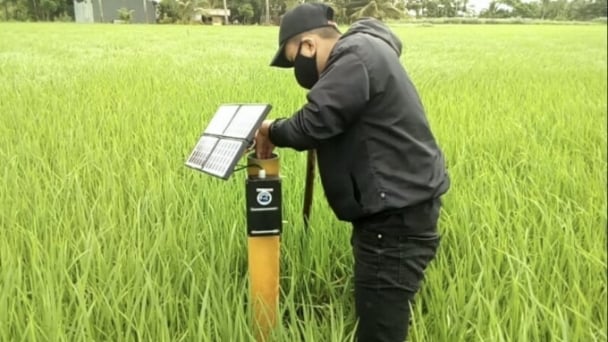
(VAN) Carbon farming is a form of agricultural practices that helps absorb more greenhouse gases than it emits, through smart management of soil, crops, and livestock.
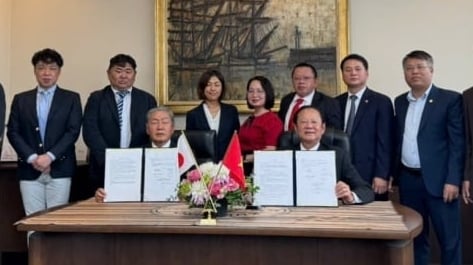
(VAN) This is a key content of the Memorandum of Understanding recently signed between the Vietnam Fisheries Society and Kunihiro Inc of Japan.
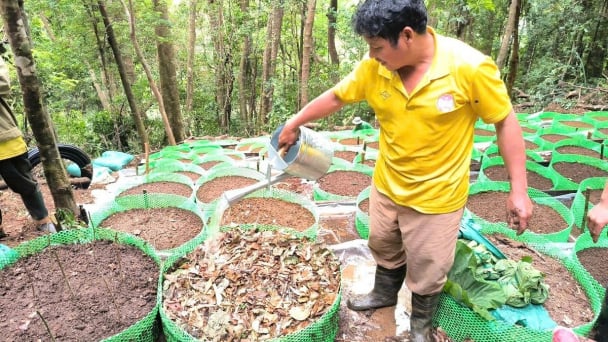
(VAN) To achieve the goal, local authorities and businesses in Kon Tum province have fully prepared the necessary conditions for the new Ngoc Linh ginseng planting season.
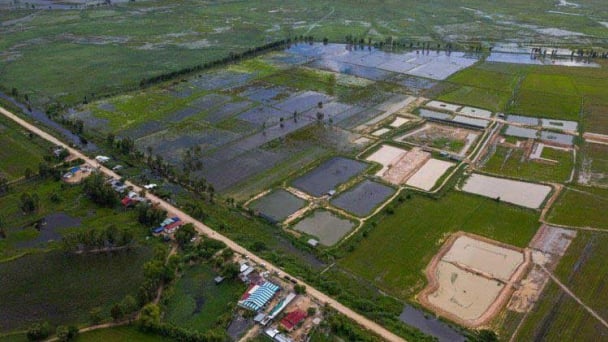
(VAN) Jiangsu province is gearing up to host training programs in Phnom Penh, the capital of Cambodia, this year to establish the Fish and Rice Corridor.

(VAN) Le Hoang Minh, representing Vinamilk, shared the company's experience in energy saving and green energy transition for production at a workshop held during the P4G Summit.
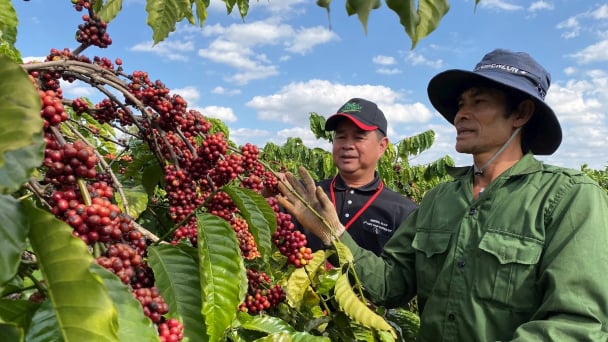
(VAN) Businesses emphasize fairness and equality when integrating social factors into their sustainable development strategies.